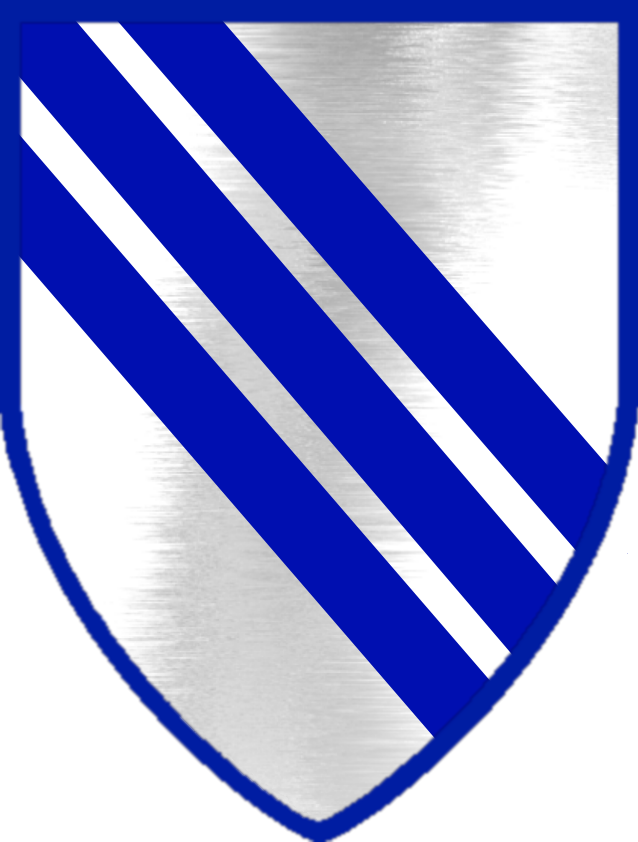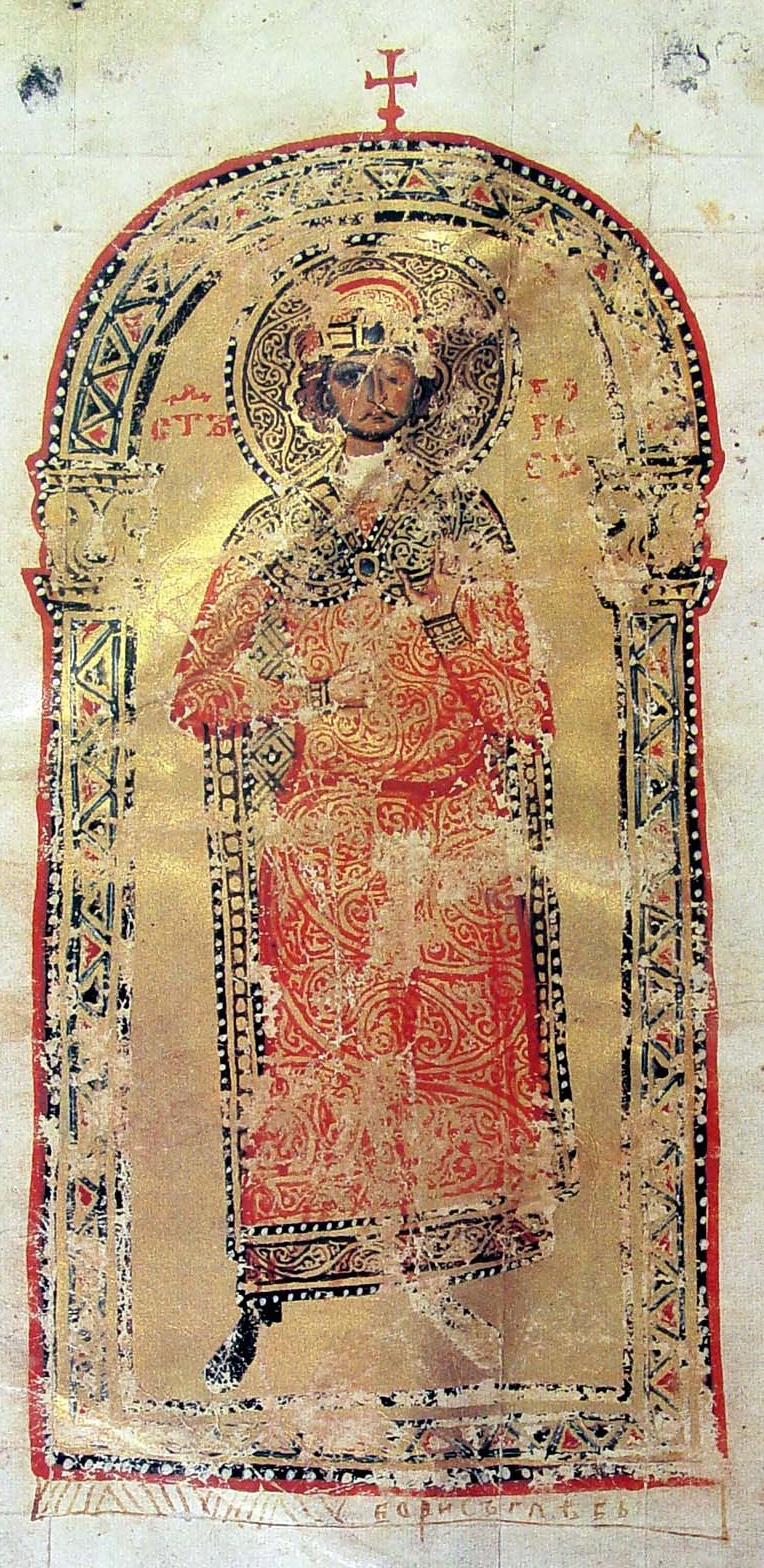|
Grčka Glavica Necropolis
Grčka Glavica necropolis, in Biskupi hamlet of the Glavatičevo village, Municipality of Konjic, Bosnia and Herzegovina, is inscribed on the list of 28 medieval stećak necropolises that were declared a UNESCO World Heritage Site in 2016. The list includes 20 necropolises in Bosnia and Herzegovina, 3 in Serbia, 3 in Montenegro, and 2 in Croatia. The necropolis is also inscribed on the List of National Monuments of Bosnia and Herzegovina by KONS. Location Biskup is a hamlet near village of Glavatičevo, about 30 km away from Konjic, in the Upper Neretva valley. Next to the macadam road on a small hill known as Grčka Glavica, there are the remains of a church and a necropolis with stećci. History The Sanković noble family (in written sources also mentioned as Bogopanac, Draživojević, Miltenović and Sanković) can be traced from 1306 to 1404. At the beginning of the 14th century, they operated in the area of Nevesinje, and after 1335 they extended their rule to Zagor ... [...More Info...] [...Related Items...] OR: [Wikipedia] [Google] [Baidu] |
Glavatičevo
Glavatičevo ( sr-Cyrl, Главатичево) is a small village in Konjic Municipality, Bosnia and Herzegovina, which is a central village to a group of villages of a wider Glavatičevo, positioned 30 km southeast of Konjic, within a wide ''Župa Valley'' straddling the Neretva river. The village and its wider areal, with surrounding villages and the valley, is also referred to as ''Župa Glavatičevo'', or ''Komska Župa'', or simply ''Župa'' (). Geography and climate One theory, set forth by Dr. Pavao Anđelić in his book "Spomenici Konjica i okoline", says that Glavatičevo is named after the medieval nobleman ''Glavat'' or ''Glavatec'', who was from the area, another say that Glavatičevo is named after the endemic fish ''Salmo marmoratus'' from the Neretva called ''Salmo marmoratus, Glavatica''. Villages Glavatičevo is a central village to a group of hamlets within a wide Župa valley in the Upper Neretva. The village is settled on both banks of the Neretva river ... [...More Info...] [...Related Items...] OR: [Wikipedia] [Google] [Baidu] |
Konavle
Konavle () is a municipality and a small Dalmatian subregion located southeast of Dubrovnik, Croatia. The region is administratively part of the Dubrovnik-Neretva County and the center of the municipality is Cavtat. Demographics The total municipality population was 8,577 people in 2011, split in the following 32 settlements: * Brotnice, population 31 * Cavtat, population 2,153 * Čilipi, population 933 * Drvenik, population 52 * Duba Konavoska, population 63 * Dubravka, population 295 * Dunave, population 155 * Đurinići, population 96 * Gabrili, population 210 * Gruda, population 741 * Jasenice, population 14 * Komaji, population 275 * Kuna Konavoska, population 17 * Lovorno, population 183 * Ljuta, population 194 * Mihanići, population 96 * Mikulići, population 88 * Močići, population 447 * Molunat, population 212 * Palje Brdo, population 130 * Pločice, population 83 * Poljice, population 70 * Popovići, population 236 * Pridvorje, population 23 ... [...More Info...] [...Related Items...] OR: [Wikipedia] [Google] [Baidu] |
Frieze
In classical architecture, the frieze is the wide central section of an entablature and may be plain in the Ionic order, Ionic or Corinthian order, Corinthian orders, or decorated with bas-reliefs. Patera (architecture), Paterae are also usually used to decorate friezes. Even when neither column (architecture), columns nor pilasters are expressed, on an astylar wall it lies upon the architrave ("main beam") and is capped by the molding (decorative), moldings of the cornice (architecture), cornice. A frieze can be found on many Greek and Roman buildings, the Parthenon Frieze being the most famous, and perhaps the most elaborate. In interiors, the frieze of a room is the section of wall above the picture rail and under the crown moldings or cornice. By extension, a frieze is a long stretch of painting, painted, sculpture, sculpted or even calligraphy, calligraphic decoration in such a position, normally above eye-level. Frieze decorations may depict scenes in a sequence of ... [...More Info...] [...Related Items...] OR: [Wikipedia] [Google] [Baidu] |
National Museum Of Bosnia And Herzegovina
The National Museum of Bosnia and Herzegovina ( Bosnian, Croatian and Serbian: ''Zemaljski muzej Bosne i Hercegovine'' / Земаљски музеј Босне и Херцеговине) is located in central Sarajevo, the capital of Bosnia and Herzegovina. It was established in 1888, having originally been conceived around 1850 and expanded in 1913 by the Czech architect Karel Pařík adding four symmetric pavilions that contain the departments of archaeology, ethnology, natural history, and a library. The museum is a cultural and scientific institution covering a wide range of areas including archaeology, art history, ethnology, geography, history and natural history. The Sarajevo Haggadah, an illuminated manuscript and the oldest Sephardic Jewish document in the world issued in Barcelona around 1350, containing the traditional Jewish Haggadah, is held at the museum. It has a library with 162,000 volumes. After being closed for several years due to heavy damage during the ... [...More Info...] [...Related Items...] OR: [Wikipedia] [Google] [Baidu] |
Marko Vego
Marko Vego (8 January 1907 – 26 February 1985) was a Bosnian and Yugoslav archaeologist, epigrapher and historian. Biography Vego was born in ƒåapljina (Bosnia and Herzegovina) to father Jozo who was a worker at a tobacco station. Vego finished a ≈Ýiroki Brijeg classical gymnasium, the Faculty of Theology at the University of Freiburg (Germany) and the University of Zagreb (Croatia), Faculty of Philosophy also at the University of Zagreb and a professorial exam in Belgrade, Serbia. He wrote a doctoral thesis titled "History of Zachlumia from the coming of Slavs to uniting with Bosnia in 1322" () at the Faculty of Philosophy in Zagreb. He did not present it due to some unexplained circumstances. Vego worked as a history teacher at the State Real Gymnasium in Nik≈°iƒá, Montenegro from 1938 to 1944. He also took part in the resistance movement in the Second World War. He was a professor at the first Teacher Course in Trebinje and advanced to the status of the Trebinje Par ... [...More Info...] [...Related Items...] OR: [Wikipedia] [Google] [Baidu] |
Sandalj Hranić
Sandalj Hranić Kosača ( cyrl, Сандаљ Хранић Косача; 1370 – 15 March 1435) was a powerful Bosnian nobleman whose primary possessions consisted of Hum, land areas between Adriatic coast, the Neretva and the Drina rivers in Bosnia, and served the court as the ''Grand Duke of Bosnia'' sometime between 1392 and his death in 1435, although the first mention as a Grand Duke in sources comes from 16 June 1404. He was married three times, but had no children. After his death, he was succeeded by his nephew Stjepan Vukčić Kosača. His father was Hrana Vuković. Rise of Sandalj As the head of the House of Kosača, Sandalj Hranić succeeded his uncle Vlatko Vuković in 1392. In 1403, Radič Sanković led the attacks on Dubrovnik during the Bosnian-Ragusan War in the name of King Stephen Ostoja. Sandalj Hranić captured and blinded Radič, and held him in prison until his death in 1404. When King Ladislaus of Naples sold his rights to the kingdom of Da ... [...More Info...] [...Related Items...] OR: [Wikipedia] [Google] [Baidu] |
Zaborani
Zaborani ( sr-cyrl, –ó–∞–±–æ—Ä–∞–Ω–∏) is a village in the municipality of Nevesinje, Republika Srpska, Bosnia and Herzegovina Bosnia and Herzegovina, sometimes known as Bosnia-Herzegovina and informally as Bosnia, is a country in Southeast Europe. Situated on the Balkans, Balkan Peninsula, it borders Serbia to the east, Montenegro to the southeast, and Croatia to th ....Official results from the book: Ethnic composition of Bosnia-Herzegovina population, by municipalities and settlements, 1991. census, Zavod za statistiku Bosne i Hercegovine - Bilten no.234, Sarajevo 1991. References Populated places in Nevesinje Villages in Republika Srpska {{Nevesinje-geo-stub ... [...More Info...] [...Related Items...] OR: [Wikipedia] [Google] [Baidu] |
Radič Sanković
Radiƒç Sankoviƒá ( sr-Cyrl, –Ý–∞–¥–∏—á –°–∞–Ω–∫–æ–≤–∏—õ; died 1404) was a powerful Bosnian nobleman and magnate, with a title of ''vojvoda'' (duke) in the Kingdom of Bosnia during the reign of Stephen Dabi≈°a of Bosnia, Stephen Dabi≈°a (1391-1395) and Queen Helen of Bosnia, Helen (1395-1398). He allied himself with usurper Stephen Ostoja of Bosnia, Stephen Ostoja (1398-1404) during the civil wars, until his death in 1404. With the title of ''vojvoda'' (), he held territories in present-day Herzegovina, including Upper Neretva, ≈Ωupa Valley with Glavatiƒçevo as its center, Nevesinje, parts of Popovo Polje and most of Konavle. Life Radiƒç was the son of Sanko Miltenoviƒá, the eponymous founder of the House of Sankoviƒá (the progenitor was Dra≈æen Bogopenec, a lord of Hum under Kingdom of Serbia (medieval), King Stephen Uro≈° II Milutin of Serbia, fl. 1306). Sanko died in a battle while leading the Bosnian army to aid Republic of Ragusa, Ragusa against Serbian lord, Nikola Altomanov ... [...More Info...] [...Related Items...] OR: [Wikipedia] [Google] [Baidu] |
Knez (title)
A , also , ''knjaz'' or (), is a historical Slavic title, used both as a royal and noble title in different times. It is usually translated into English as 'prince', 'king' or 'duke', depending on specific historical context and the potentially known Latin equivalents at the time; the word was originally derived from the common Germanic ('king'). Feminine forms of the word may be divided into two groups: * "Princess", be it princess consort (wife of a reigning prince), princess regnant (reigning princess ''suo jure''), or princess regent (reigning on behalf of an underage prince, usually her son after her husband's death) ** Belarusian: ''kniahinia'' (–∫–Ω—è–≥—ñ–Ω—è) ** Bulgarian and Russian: () ** Slovene, Serbo-Croatian, and Macedonian: (in Serbian and Macedonian Cyrillic: ) ** Ukrainian: (–∫–Ω—è–≥–∏–Ω—è) * "Daughter of the prince" ** Belarusian: ''kniazio≈≠na'' (–∫–Ω—è–∑—ë—û–Ω–∞) ** Russian: (; the son of a ''knyaz'' is ' ( in its old form). ** Ukrain ... [...More Info...] [...Related Items...] OR: [Wikipedia] [Google] [Baidu] |
župa
A župa, or zhupa, is a historical type of administrative division in Southeast Europe and Central Europe, that originated in medieval South Slavs, South Slavic culture, commonly translated as "county" or "parish". It was mentioned for the first time in the eighth century and was initially used by the South Slavs, South and West Slavs, denoting various territorial units of which the leader was the župan. In modern Serbo-Croatian, the term also refers to an ecclesiastical parish, in Slovene language, Slovene likewise for ''župnija'', while the related ''županija'' is used in Croatia for lower administrative subdivisions, and likewise by Croats from Bosnia and Herzegovina (as a synonym for ''kanton''). Etymology The word ''župa'' or ' (Slovak language, Slovak and Czech language, Czech: ; Polish language, Polish: ; Serbo-Croatian and Bulgarian language, Bulgarian: ; adopted into and rendered in Greek language, Greek as (, "land ruled by a župan")), is derived from Slavic lang ... [...More Info...] [...Related Items...] OR: [Wikipedia] [Google] [Baidu] |

